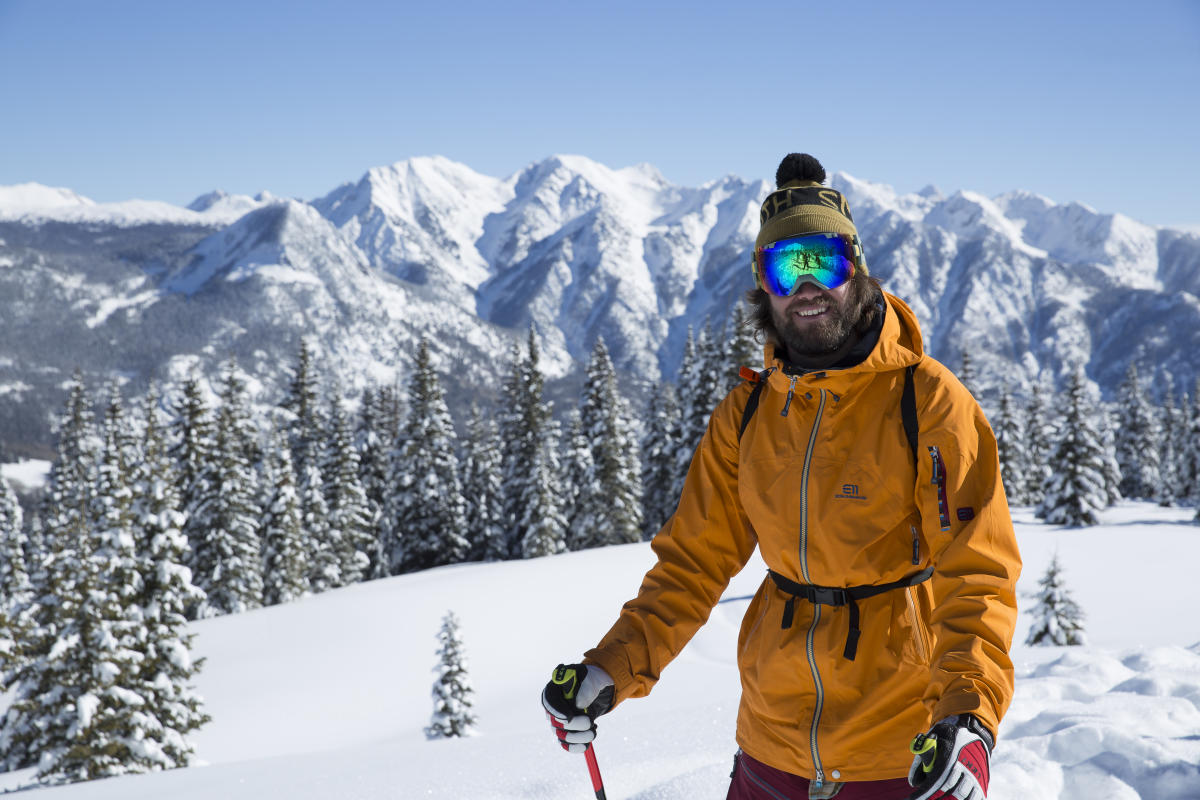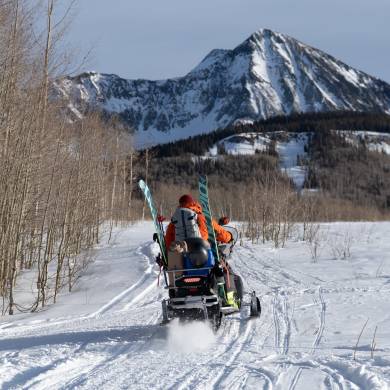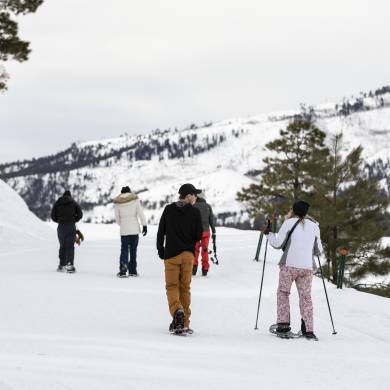Hello, snow bunnies and winter drivers! It’s that time of year when the powder is on its way if it isn’t here already! One of the best things you can do to prepare for winter is to winterize your car. Not only is it a good safety measure, but it will keep your car in tip-top shape and also reduce the stress of those winter trips to the ski slopes. Driving conditions can be hazardous even in the mildest of winter conditions, and ice on the road can sneak up on you when you least expect it.
Make sure your ride is up for the challenge with these helpful recommendations. They will help prepare your vehicle for the upcoming winter season in Durango.
Check Battery, Cooling System, and Brakes
Every car’s winterizing process should start with the basics. As the temperatures get colder, your car battery’s power decreases, using more power to start your car in the winter. You can ensure your car’s battery is in good shape by having it at or above 600 CCA (cold cranking amp) for optimal performance.
For your cooling system, make sure to maintain the ratio between 50/50 and 70/30 antifreeze/water. Consult a professional to see which antifreeze is best for your car and the optimal coolant-to-water ratio for preventing freezing and erosion.
Additionally, your brakes are not usually affected by cold weather, but you will definitely need to make sure they are in optimal condition. Have the shoes and pads inspected by your mechanic?
Switch to Winter Tires

Many of us rely on all-season tires during the winter, which works well for general colder conditions. However, they will not give you the optimal performance you need for more extreme temperatures or driving conditions. This includes driving up to the ski slopes! For this, you’ll want winter tires as part of your winterizing routine. This is especially true when temperatures consistently hover at or below freezing. Winter tires are made of material that will better grip the road in ice, snow, and slush, as well as resist hardening in colder temps.
Check Tire Pressure Regularly
Did you know for every 10-degree change in ambient temperature, the gain/loss of your tire is 1 PSI? Maintaining correct tire pressure is so important to ensure your tires do not get flat. Check your tire pressure at regular intervals, especially during a long trip, and refill them at the air pump when needed. The best psi information for your tires can be found in your owner’s manual or on the tire placard.
Install Winter Wipers
For those times when rain and snow affect your visibility, having well-working wipers are a necessity. Special winter wipers that don’t crack, freeze, or collect ice on the blades in colder temperatures will make or break your ability to safely see the road. Once you install winter wipers, be sure to remove them come spring so you don’t increase the load on the wiper motor.
Keep Washer Fluid Full
Likewise, when you need to squirt a bit of cleaner on your windshield for greater visibility, you want to make sure you have a cleaner to use! Similar to tire pressure, regularly checking the washer fluid makes for safer driving. A single snowstorm can wipe out your supply. Use washer fluid specially formulated for winter conditions, or add washer fluid antifreeze (found at any auto parts store) to the reservoir.
Pack a Winter Safety Kit
In the event of a breakdown or other emergency, having a winter safety kit in your car is a must. Pack the following items into the trunk of your car: first aid kit, pack of matches, flares, flashlight and fresh batteries, ice scraper, some non-perishable food items (power bars, cereal bars, water bottle, etc.), warm clothing (extra jacket, hat, socks, boots), jumper cables, a bag of sand and shovel, car tool kit, and extra antifreeze. And of course, always make sure you have a cell phone with you!
Load Up Your Truck with Weight
This is in line with the aforementioned bag of sand. Throw in a few bags of sand in extra spaces in the trunk for good measure. This is a good strategy to keep your car stable in icy road conditions.
Keep Your Tank at Least Half Full
When the temperatures get bitterly cold, anything lower than freezing can wreak havoc on your gas tank. Not to mention freezing your gas, rendering the car useless. Anything less than a half tank and you run the risk of your gas freezing over. Always try to keep the tank over half full throughout the winter months.
Detail Your Roof Rack
Check the condition of your roof rack. Is it in good condition for mounting your skis, snowboards, and other winter gear? Over time, your roof rack can become cracked or come loose from constant use and fluctuations in temperature.
Wax Your Skis or Snowboard

This may be obvious, but it bears repeating. Not only do you want your car in optimal shape, but you want to get your winter gear ready as well. Put a fresh coat of wax on your skis and/or snowboard and get ready for a great season!
Refresh Your Winter Driving Skillset
Driving in wintry and icy conditions can be tricky. Keep the following in mind when driving during the winter, and especially during a snowstorm: slow down, accelerate and decelerate slowly, increase your following distance to 5-6 seconds, don’t stop if you can avoid it, don’t power up hills or steep inclines, and avoid stopping when going up hills.
Conclusion
With a little planning and preparation, this winter will be awesome! The key is to properly prepare and maintain your car for all of your winter driving adventures. Every time you set out on the road, check the local weather conditions and forecast and act accordingly. When heading to the slopes, it is critical that you use common sense. If the weather is too bad, it’s best to stay home and wait out the storm for another ski day.




